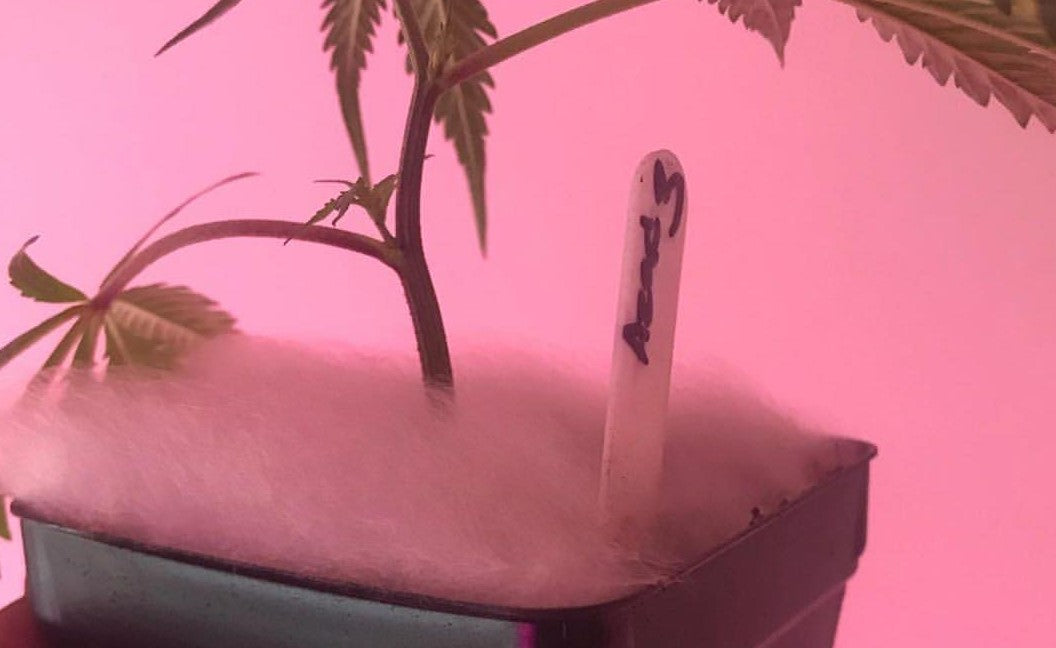Your Cart is Empty
A couple months ago, a mycelium post from @drgrenskye using our product Mikrobs went viral on Instagram. We received multiple inquiries on how to recreate the picture so we asked Dr. Grenskye to write a guest post on our website on cloning and mycelium!
From Dr. Grenskye:
Cloning is a fairly simple process and many people have great success using multiple methods of cloning. From using hormones, to simply using aloe vera or plain water. Personally, I’ve had great success using multiple methods. But what happens when you get that finicky clone? Maybe it doesn’t like to root, perhaps it spends all of its energy forming a few scraggly roots and yellows out on you. It’s times like these that I pull out a few simple tricks. I always like to top dress my newly transplanted clones with a touch of organic Okashi. It really works wonders with the Mikrobs and creates a nice mycelium mat that helps with water retention and soil health. Most of the time, I can simply place the clone in the new soil, top dress, and the clones are ready for the garden. However, if the clone or clones aren’t looking as strong as they should be, I like to inoculate and incubate them. I’ll simply water with Mikrobs and a touch of coconut water and place the freshly transplanted clones (topdressed with okashi and watered with Mikrobs) in a tray with a dome. This speeds up the mycelium growth on the top soil and speeds recovery time on the clones tremendously. Usually within 24-48 hours the clones are back to full health, the dome can be removed and they are ready to thrive. Doing this also creates an extremely fluffy and airy mycelium mat that looks like freshly spun cotton candy. Once the clones come out of the dome and high humidity, the airiness of the mycelium will settle down onto the top soil creating a thick mat that helps improve the plant health. This is a sure fire way to create an instant mycelium mat on your top soil and an easy way to work a clone back to health almost immediately.
-DrGrenskye

Look at all that beautiful fluff!!
We thank DrGrenskye for detailing his process, and we hope this helps you grow your own mycelium!
Comments will be approved before showing up.
